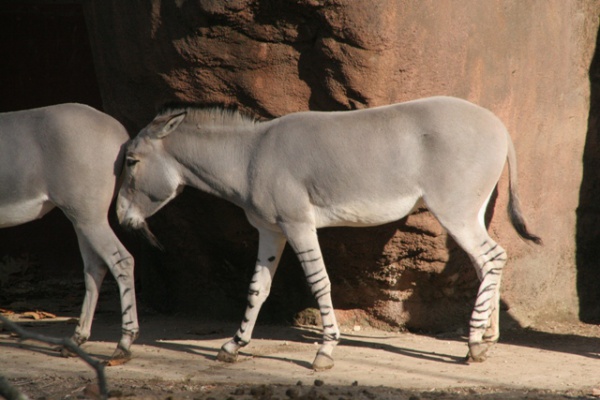Facts About Somali wild ass
The Somali wild ass, a subspecies of the African wild ass, roams the arid landscapes of Somalia, Eritrea, and Ethiopia. Unfortunately, it is critically endangered, with fewer than 1,000 individuals remaining in the wild.
These distinctive animals feature striking striped legs that resemble those of zebras. They typically give birth in the spring following a year-long gestation period. The foals mature quickly, becoming independent early on and are fully weaned by the time they are 12 to 14 months old.
Life in the wild for the Somali wild ass is challenging. They live in a fission-fusion society, meaning they form small herds that occasionally merge into larger groups when resources are abundant. Females and their young usually stay together, while stallions establish territories, marking them with dung piles.
In captivity, approximately 200 Somali wild asses are spread across 34 zoos worldwide. Breeding programs in institutions such as Zoo Basel in Switzerland, as well as facilities in France and the United States, are working diligently to bolster their numbers.
Conservation efforts are ongoing, with initiatives like the project in Eritrea, supported by Zoo Basel, aiming to protect these animals. Additionally, there is a population in Israel's Yotvata Hai-Bar Nature Reserve. Interestingly, domestic donkeys in Italy trace their lineage back to the Somali wild ass.
In North America, the San Diego Zoo Safari Park hosts the largest population of Somali wild asses. The park is actively involved in efforts to save this fascinating species in the wild, striving to ensure their future survival.

 Syria
Syria